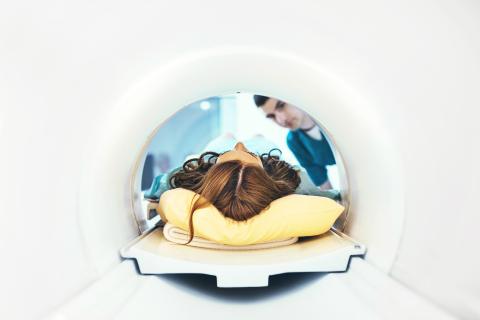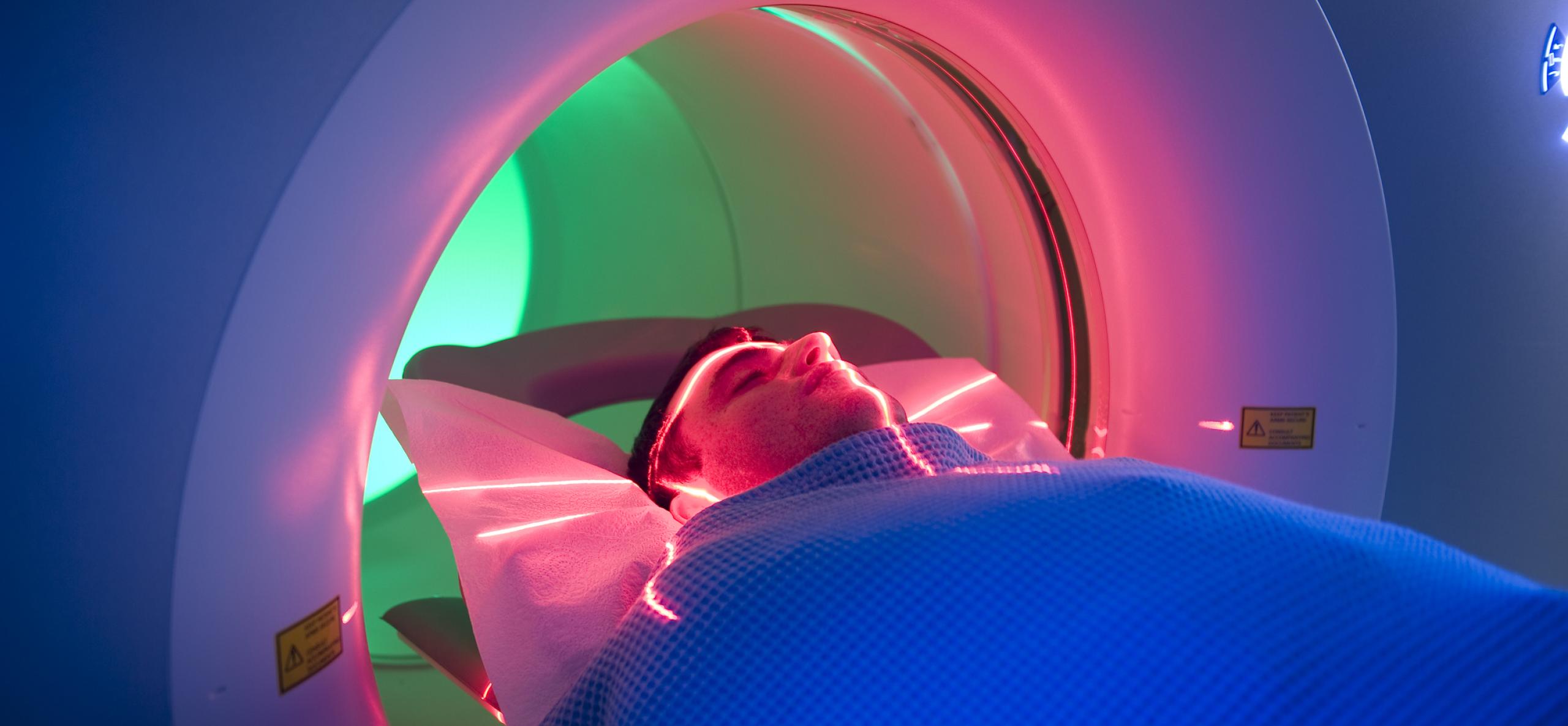What Is MRI?

MRI is a noninvasive imaging modality that uses powerful electromagnetic and radiofrequency fields to produce cross-sectional images of the body. MRI is primarily used for neurologic exams (28%) as well as musculoskeletal (23%) and oncology exams (17%). Applications for MRI continue to expand to new clinical indications and therapeutic areas.


Key Findings From the Survey

- There were 432 MRI units in 11 jurisdictions identified by the CMII in its 2022–2023 national survey. Most sites were publicly funded hospitals located in urban centres.
- Canada has an average of 10.8 MRI units per million people. The greatest density of units per million people is in Yukon, Quebec, and New Brunswick.
- Approximately 2,214,157 publicly funded MRI examinations were performed in the 2022–2023 fiscal year. This represents a national average of 55.6 exams per 1,000 people, an increase of 4.3% from 2019–2020.


